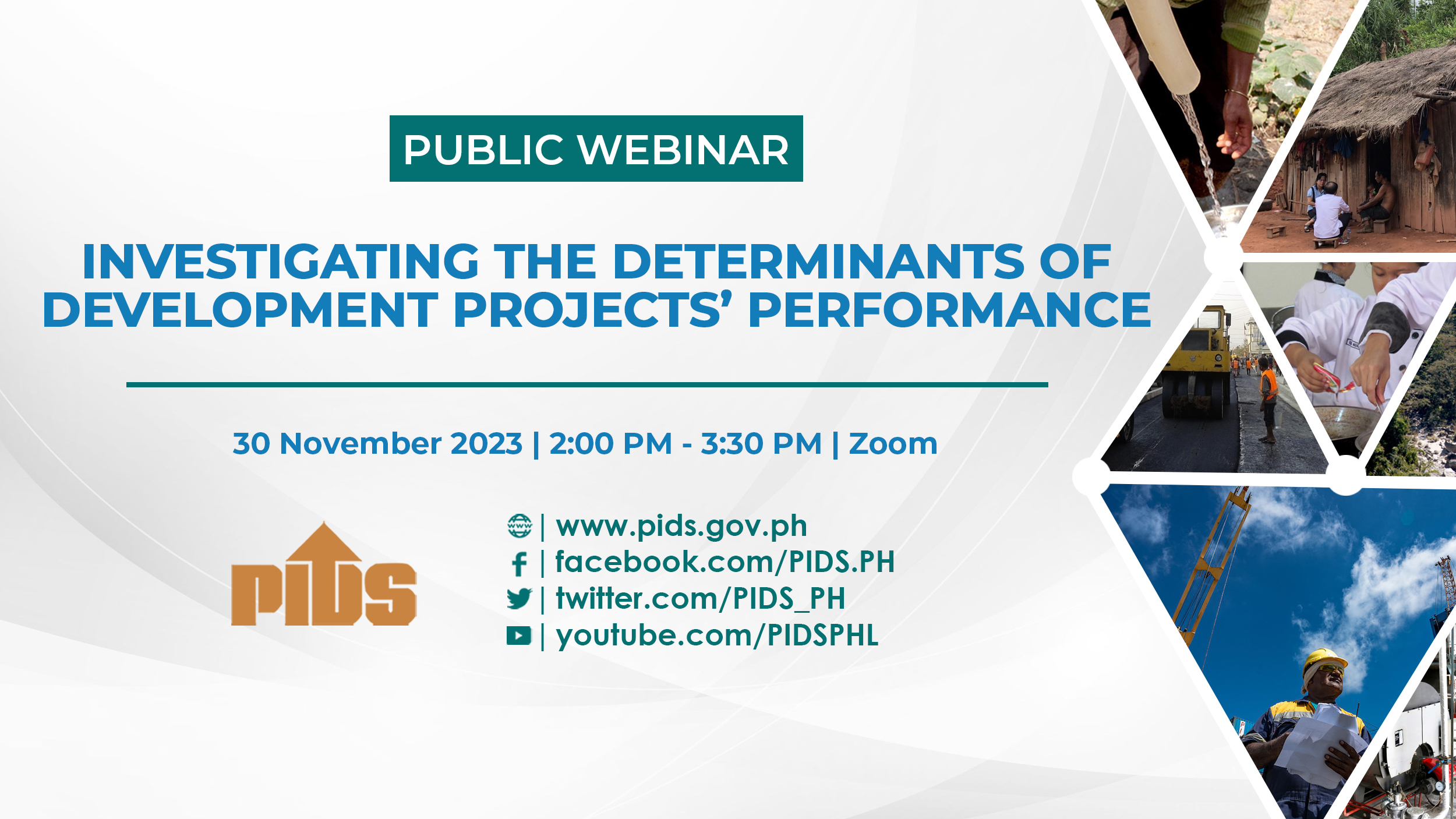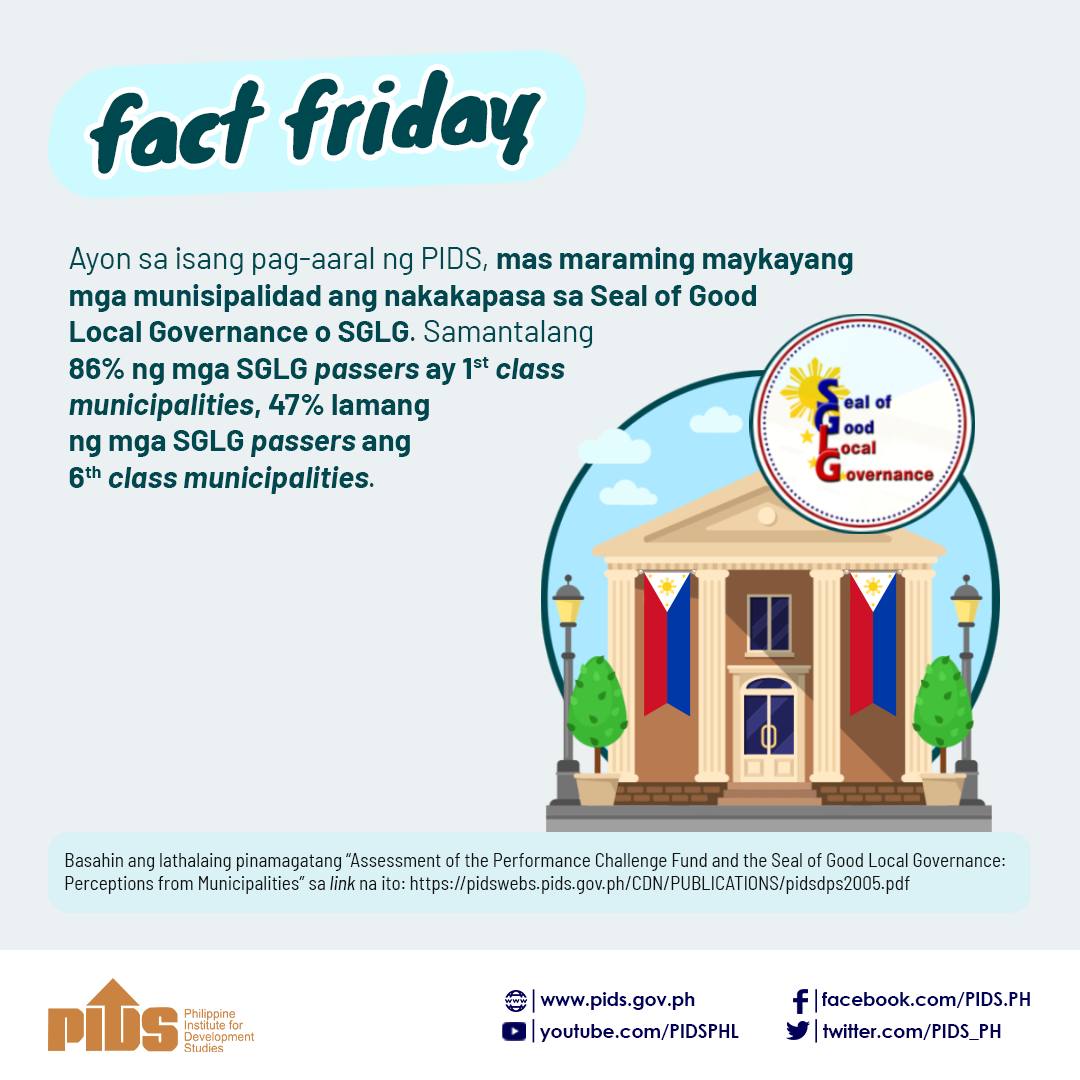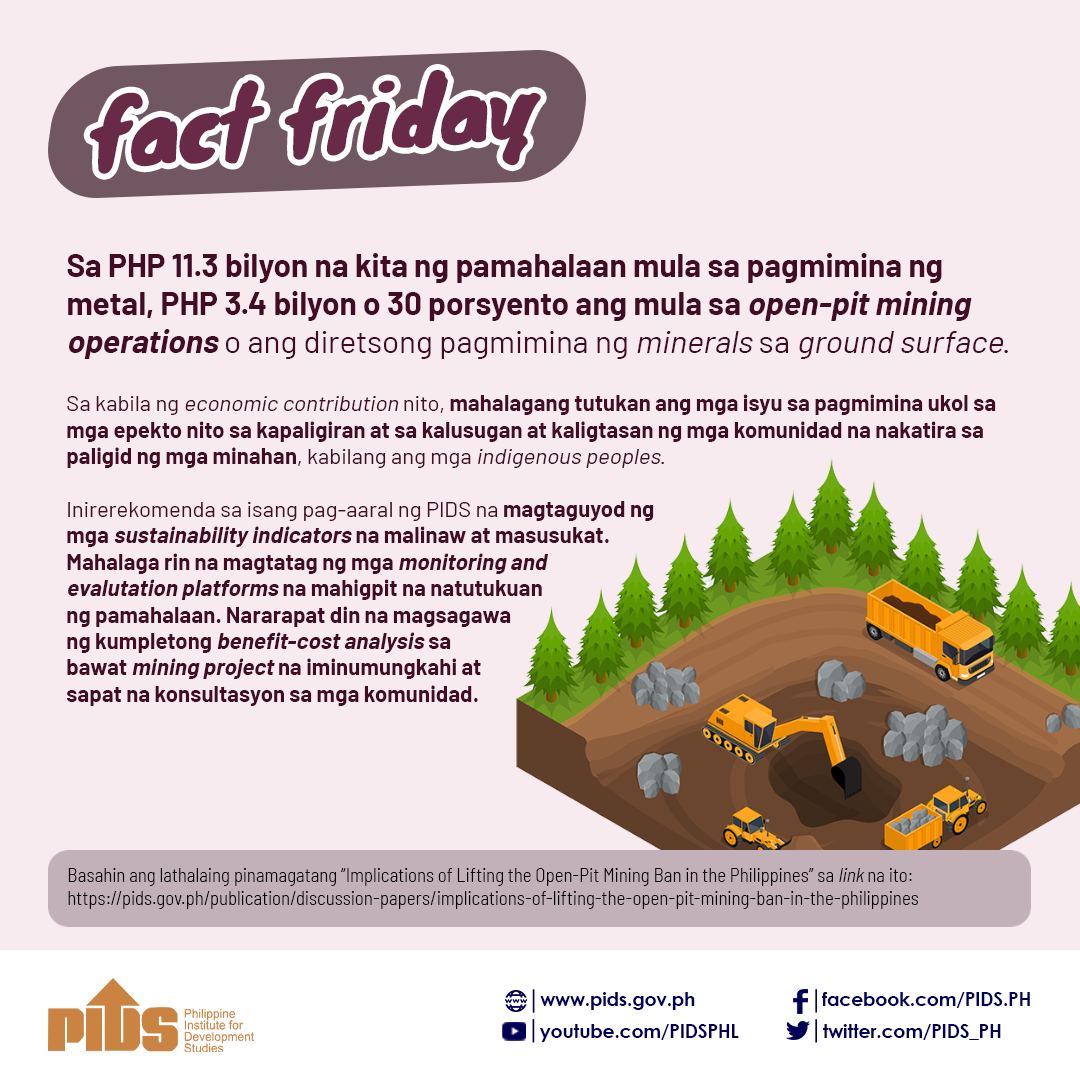PUBLIC-PRIVATE partnerships (PPPs) are considered a suitable vehicle for implementing smart agriculture technology projects, a government researcher said.
Roehlano M. Briones, a senior research fellow at the Philippine Institute for Development Studies, said in a recent webinar organized by the Asian Productivity Organization that the private sector needs the help of the government to reach out to small farmers to roll out such technology.
According to Mr. Briones, examples include the use of drones for pesticide application and data collection; controlled farming such as greenhouses and automated factories; sensor devices for animal health management in the livestock industry; and supply chain applications such as e-commerce and traceability programs.
“It is difficult for the private sector to look for these farmers and get proper cooperation. But if local officials and National Government support and really cooperate with them, it will really accelerate the process,” Mr. Briones said.
“I find it absolutely important. The greater cooperation between these two, the more accelerated you will see trends in smart agriculture technology,” he added.
Mr. Briones said the public sector can provide support such as insurance and credit for farmers.
He said the government can “help provide the funds directly or broker the farmer groups to a credit service provider.”
Meanwhile, Mr. Briones said young farmers could be the entry point for such technology, eroding the reluctance of older farmers to be technology adopters.
“The hope is the young people in the farmers’ households. They are the ones who are more open. If we can reach the young people, I hope the entire household will be encouraged, especially if they see the beneficial results from these new technologies,” Mr. Briones said.
Asked about the issue of internet access in rural areas, Mr. Briones said data services through radio signals transmitted by cellular phone towers can be the starting point in enticing farmers to practice smart agriculture.
“But this is a high-cost solution. Ultimately, you want something that is more physical hardware-based. But we can take this one at a time. We want a more affordable option through the promotion of wireless fidelity (WiFi) services and optic fiber networks. This is what is needed in the long run,” Mr. Briones said.
“If you rely entirely on the private sector, it may not push for the physical-based system because it actually competes with their data provision service. There’s a role for government to push either to make the investment themselves or mandate increasing the spread of internet services in more remote areas,” he added.
Smart agritech projects seen as good candidates for PPP












